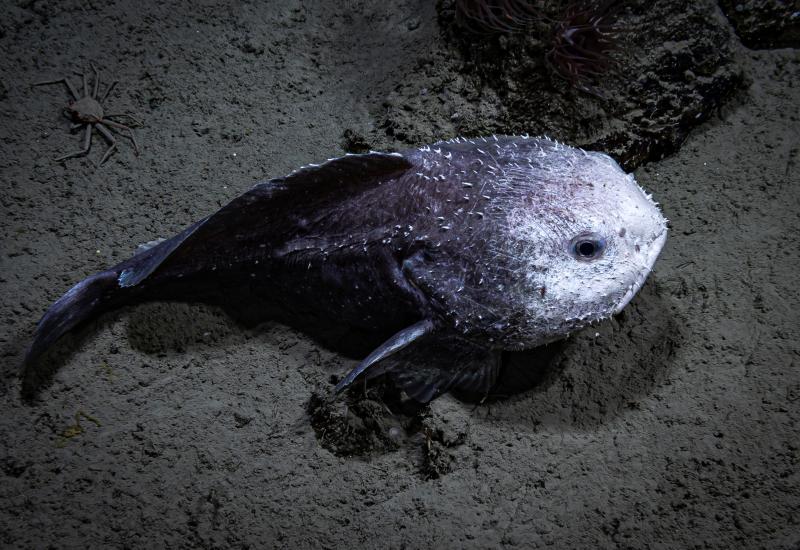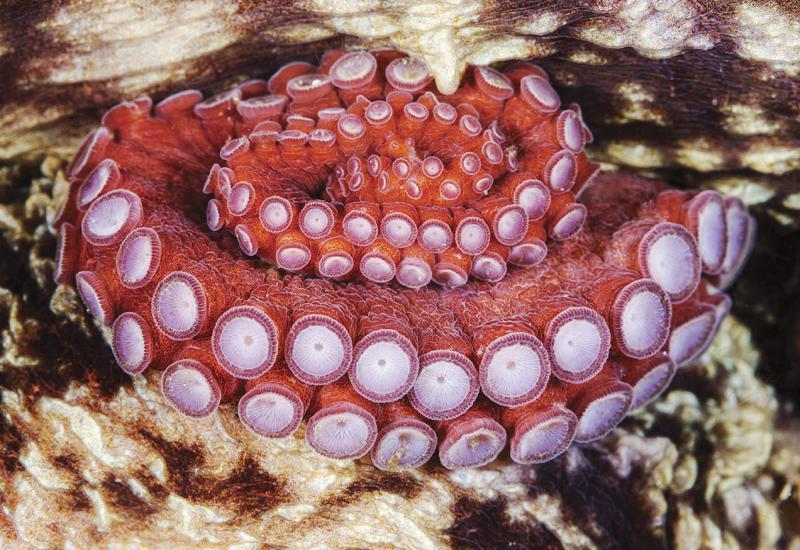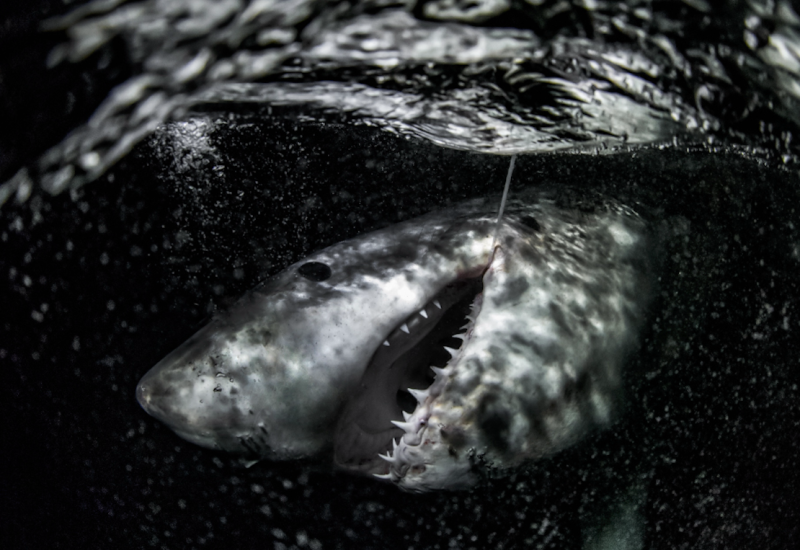Peep Show: Dive with Hundreds of Thousands of Spawning Cuttlefish in South Australia
Alexandra OwensTwo giant Australian cuttlefish mating
Until recently, the sleepy town of Whyalla, South Australia, wasn’t known for much except a thriving steelworks industry. Now, thanks to decades of committed conservation efforts, the region is enjoying an entirely different sort of boom: hundreds of thousands of frisky giant Australian cuttlefish. Endemic to the country’s southern coastal waters, these massive cephalopods—which can reach over 3 feet in length—gather every year between May and August in the Eyre Peninsula’s Upper Spencer Marine Gulf Park to spawn in a frenzy of ink, strobes and cross-dressing. (Yes, cross-dressing! I’ll get to that part later.)
Drawing the right kind of attention
Like their octopus cousins, cuttlefish are masters of disguise, using chromatophores (cells that contain pigment) to turn any color in the rainbow, iridophores to reflect and refract light, and leucophores (cells that reflect full-spectrum light, appearing white) to create patterns. They can also shape-shift by controlling the size of projections on their skin called papillae. On your average day, these aquatic chameleons rely on their powers to hypnotize prey or avoid being spotted by predators that are out to make them a squishy snack. During mating season, however, male giant Australian cuttlefish really like to show off. And who can blame them? When you outnumber female cuttlefish by up to 11 to 1, the competition gets pretty fierce.
Related Reading: Names for Groups of Marine Life That Are Sure to Make You Laugh
Alexandra OwensA large male giant Australian cuttlefish guarding a female after mating
Amid the frenzy
On my recent visit to the so-called “Cuttlefish Coast,” the largest known cuttlefish aggregation on the planet, my guide from Whyalla Diving Services briefed me on the weird and wonderful behaviors to watch for before slipping into the frigid water off the shore of Point Lowly. Just 10 feet below the surface, the display is staggering. Surrounded by a dozen cuttlefish at a time, it’s difficult to know where to look. To my left, a group of several males pulse rhythmically, flashing iridescent magenta, turquoise, gold and emerald in a demonstration of chromatic prowess. One flares up its arms in a show of intimidation. Typically, this posturing is enough to ward off rivals, but I see a couple of the more aggressive individuals wrestle briefly over a nearby love interest. If they aren’t careful, they’ll lose a limb.
Victory means becoming the temporary guardian of a female. The male cuttlefish may try to woo her with a similar flamboyant presentation, but more often than not, he forcefully grabs and mates with her in the chaos, head-to-head. For their part, females breed with many different males during spawning season, using a mix of different sperm deposits for their clutch. Researchers once observed a female copulating 17 times with eight different males over nine hours.
Alexandra OwensA group of giant Australian cuttlefish
Cross-dressing: a sneaky strategy
A strand of ink, left over from an earlier battle, floats past my face as I notice what appears to be two females entwining near a male. It’s the most fascinating trick in the cuttlefish playbook. Small “sneaker” males, unable to fight off their opponents, have learned to disguise themselves as females—what some biologists refer to as cross-dressing—by mimicking their subdued colors and behaviors and slipping past their brawny competitors.
Related Reading: What It's Like Diving Australia's Neutrally-Buoyant Wonder Reef
During all of this, the cuttlefish barely take notice of me; they are far too busy fighting, procreating and—at the risk of anthropomorphizing this highly intelligent species—scheming. Watch your buoyancy and be mindful of your distance, and divers are free to watch these cephalopod exhibitionists get freaky.
Alexandra OwensA giant Australian cuttlefish
Need to Know
Giant Australian cuttlefish spawn at the Upper Spencer Marine Gulf Park between May and August; however, numbers typically peak from May into June. During the austral winter months, water temperature ranges from 50-60 degrees Fahrenheit, so bundle up. Most divers wear a 7mm wetsuit, hooded vest, gloves, booties and a couple layered skins.
Enjoy easy shore dives (max depth of 15 feet) from Point Lowly or Stony Point. Whyalla Diving Services can provide you and your buddy directions, briefings and gear–or book a dive guide for a specialized tour.










